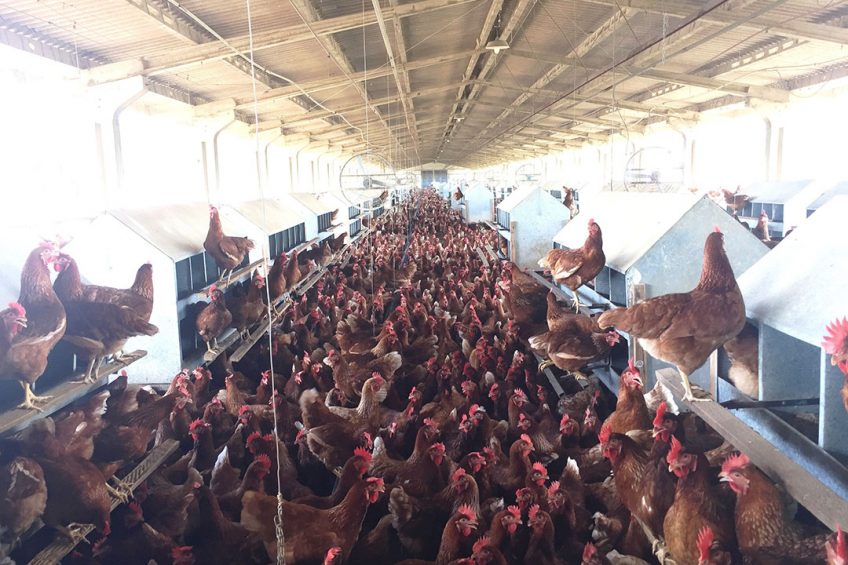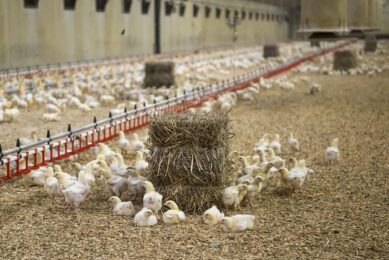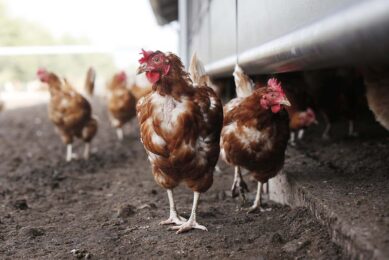Mantiqueira committed to ‘free’ 2,5 million layers until 2025

Mantiqueira, the largest egg producer in South America, announced that it will build 2 new farms for a total of 2.5 million cage free layers before 2025. Currently, the company already has one farm with an aviary system in Rio de Janeiro.
The plan is to reach the milestone of 1 million cage free layers by the end of 2021. In total, Mantiqueira grows 11.5 million hens annually. According to them, Mantiqueira is a pioneer on large scale cage free housing in Brazil and has been developing, new projects for ensuring a high-level of animal welfare. “We recently announced the largest investment and commitment to animal welfare in the Brazilian poultry sector ever”, Mantiqueira shared on its website.
The company is the 12th largest egg producer in the world and plans investments of US$ 18,6 million in these 2 new cage free models farms; one in Cabrália Paulista and the other in Lorena, both in São Paulo state. The initiative also gets attention from big retailers and restaurants as McDonald‘s, that already buy from Mantiquiera far in Paraiba do Sul city, Rio de Janeiro state.
Structure
With a specialized team, the company is following rigorous processes focused on animal welfare and 4.0 Agriculture. Another novelty will be a visitors’ area at the Lorena unit for the public to monitor the routine of production. In this system, hens are kept away from stress, resulting in more comfort and well-being. The cages are replaced by large sheds that provide protection from rain and sun.
The birds are well-protected and in an air-conditioned house in order to control temperature, ideal for their comfort and well-being. At the same time, the sheds protect birds from contact with other animals that could transmit diseases and cause physical injuries to them. Another topic is the ambience lighting. Hens need 6 continuous hours of darkness to sleep and 8 hours of light to eat at least. Furthermore, the hens have water and food at their disposal and can move freely. Due to this, they can maintain their natural behaviour, such as opening their wings, scratching the ground, jumping and even taking small flights.
Join 31,000+ subscribers
Subscribe to our newsletter to stay updated about all the need-to-know content in the poultry sector, three times a week. Beheer
Beheer








 WP Admin
WP Admin  Bewerk bericht
Bewerk bericht